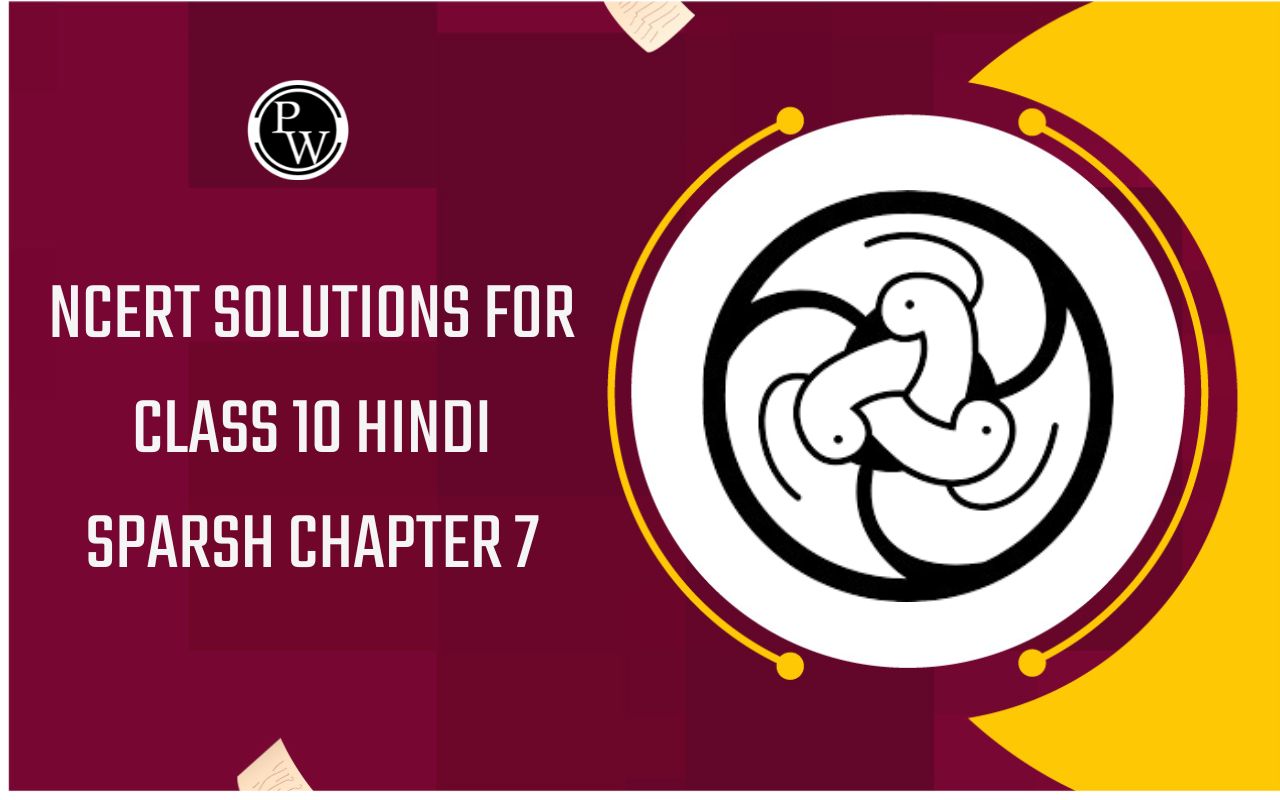
Short Notes and Formulas of class 8 science chapter-Light
May 13, 2022, 16:45 IST
Class- 8 science chapter-Light
Light is a form of energy. More specifically, light is a general term commonly used to refer to the "visible spectrum", which is the range of wavelengths, (and their corresponding frequencies) that forms the visible part of the electro-magnetic spectrum. The ranges in wavelengths vary from 380 nm to 750 nm. Each wavelength corresponds to light of one particular colour so the "visible spectrum" range of wavelengths would look something like the block below if each wavelength appeared only once and they were all lined-up in order of increasing wavelength.The term "visible spectrum" means the range of electro-magnetic energy that most people (i.e. those with "normal" vision) can see with the naked eye. This is just a small part of a much wider range of energies, many of which we cannot see but some of which are used in other ways, e.g. Radio Waves, Microwaves, Ultra Violet (UV) Light, Infra-Red (IR) Radiation, X-Rays, and other wavelengths such as those used in many different types of modern scanning equipment.
When light reaches an object it can do one, or some combination of the following:
Absorption: Light energy goes into the object itself. Because the light goes into the object rather than leaving the surface of the object - and then some of that light entering the eye - the object is not seen" as very bright. Instead, it is perceived to be dark (meaning that little light is traveling from that object into the eye). However, the object might still be obvious to a viewer, e.g. a dull matt black object would still be seen if observed on a clean white surface. In that case the contrast makes the presence of the dark object obvious.
Reflection : Light reaches the surface of a very shiny object and "bounces" off the object in the same way as a hard ball would bounce off an even flat surface (e.g as in the game of snooker). That is, when it is reflected , light leaves the surface of an object at a particular angle relative to the angle at which it reached that surface.
Scatter: On reaching the surface of an object, light leaves that surface not in any one particular direction, but in many directions spreading over a wide range of angles. This applies particularly to non highly-polished surfaces, such as paper, or walls painted matt white. Scatter is the most common of these possibilities when visible light is incident on ordinary everyday solid/opaque objects.
Refraction This is another case of light entering the object instead of leaving the surface of the object.
Refraction only applies to objects that light can pass through, such as blocks of glass or plastic, windows, water, and spectacles. It is mentioned here for completeness. In the context of explaining how light reaches a person's eye from objects in the real world in front of him/her, refraction is less important than the other possibilities described above. (However, note that refraction plays a very important role in the eye visual system for other reasons, such as focusing images onto the retina - and is therefore explained on other pages later in this section)
Reflection of Light
When a ray of light falls on any surface, a part of the light is sent back to the same medium. This phenomenon where the incident light falling on a surface is sent back to the same medium is known as reflection.
Do solve NCERT questions with the help of NCERT solutions for class 8 Science.
Find Pdf of chapter-Light having Important short notes of chapter









